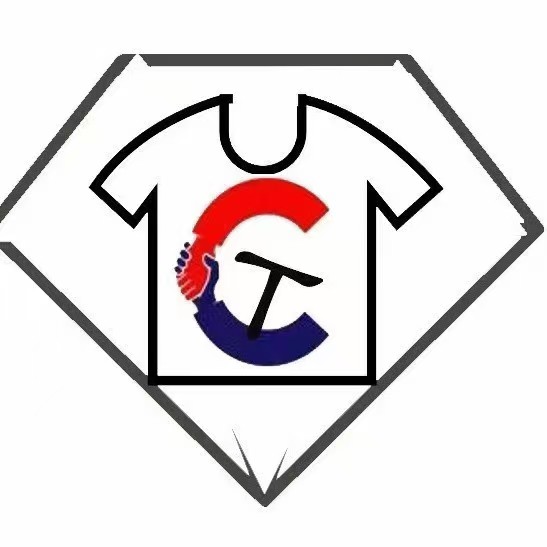Garment factories play a vital role in the global economy, producing the clothing that we wear every day. Understanding the financial dynamics of production in these factories is essential for both consumers and policymakers.
One of the key factors that determine the economics of garment factories is the cost of production. This includes the cost of raw materials, labor, machinery, and overhead expenses. Raw materials such as fabric, thread, and buttons can vary in price depending on factors such as quality and availability. Labor costs are a significant part of production expenses, as garment factories often employ a large number of workers to sew, cut, and assemble clothing. Machinery and equipment also contribute to production costs, as factories need to invest in cutting-edge technology to increase efficiency and productivity. Overhead expenses, such as rent, utilities, and administrative costs, also play a role in determining the overall cost of production.
In order to remain competitive in the global market, garment factories must carefully manage their costs and find ways to increase efficiency. This can be achieved through various measures, such as improving production processes, investing in automation, and negotiating better deals with suppliers. By reducing costs and increasing productivity, factories can lower the price of their products and attract more customers.
Another important aspect of the economics of garment factories is the pricing of products. The price of clothing is influenced by a variety of factors, including production costs, demand, competition, and consumer preferences. Garment factories must carefully consider all of these factors when setting prices for their products. They need to strike a balance between offering competitive prices to attract customers and generating enough revenue to cover their expenses and make a profit.
In addition to production costs and pricing, garment factories must also consider factors such as supply chain management, inventory control, and marketing. Supply chain management is crucial for ensuring that raw materials are sourced efficiently and that production runs smoothly. Inventory control is important for managing stock levels and avoiding overproduction or shortages. Marketing plays a key role in promoting products and attracting customers to purchase them.
Overall, the economics of garment factories are complex and multifaceted. By understanding the financial dynamics of production in these factories, consumers can make more informed purchasing decisions, and policymakers can implement policies that support the growth and sustainability of the garment industry. By carefully managing costs, setting competitive prices, and implementing efficient production processes, garment factories can thrive in the global market and contribute to economic development.
